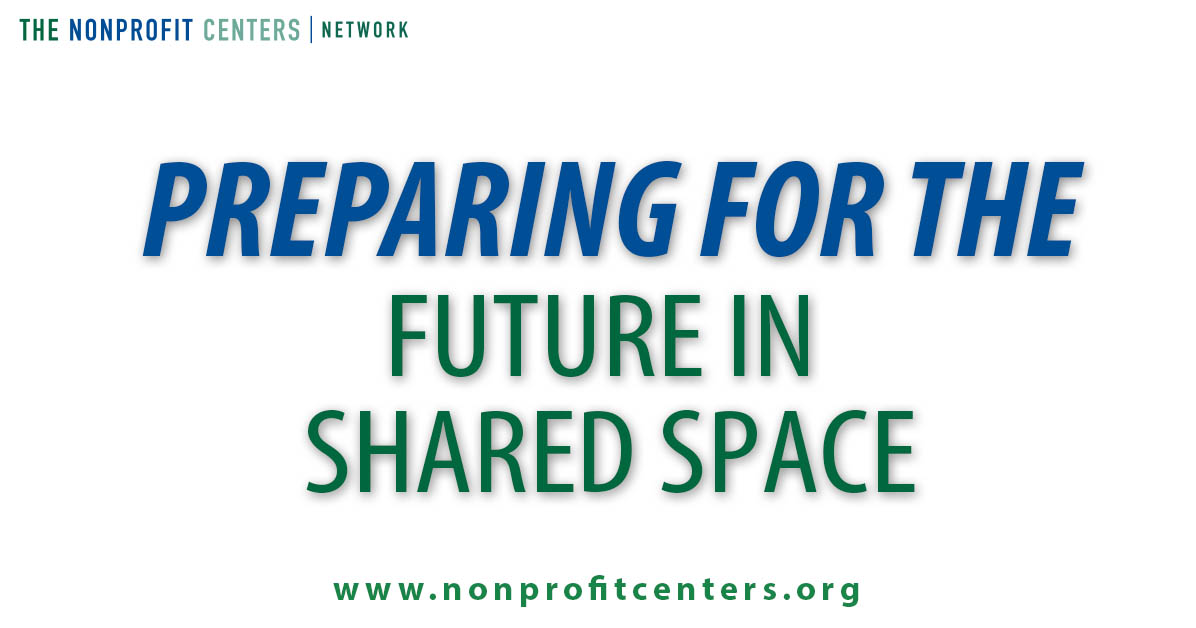Last year, as in 2018, an NCN member posted a question on our listserv – what should be the ideal amount for a Building Reserve Fund? They charge $1 per square foot back to their tenants to contribute to this fund, but wondered if they should cease doing that if they reached a certain number in their reserves?
This generated multiple responses on how to be financially prepared if, or really when, issues arise – because they will! So, whether you own your own building or are planning to purchase/build one, read on to see how those in our network are thinking ahead.
Answers varied on what this target reserve amount should be. A physical needs assessment (or capital needs assessment) will provide you with the most accurate amount. One center said $1.2 million based on a reserve study. Another center sets aside 10% of their operating budget as a rule; however, you may be setting aside too much with this rule of thumb.
Wondering what your number should be? Get a physical needs assessment or capital needs assessment that includes a 20- or 30-year reserve analysis. This will help you analyze your building based on its age, equipment and more and outline the likelihood of what will need maintenance when. Now you can budget accordingly. Just make sure to get a new study done every 5-10 years to stay current. Your local CDFI may be able to help you find the right connection.
If possible, rents and CAM charges should feed your capital reserve fund. For those that provide space at no cost or far below market rate, you may not have the option to collect extra money from your tenants for a reserve. If you are in this position, start conversations with targeted donors about supporting a small endowment for capital maintenance and replacement reserves ASAP. Choose those that are invested in your community broadly or are common across tenants and would have an interest in their long-term sustainability. Depending on your community, you may want to have conversations with your tenant partners first before embarking on this kind of capital reserve campaign.
What should you do with the money as you set it aside? One member works with a community foundation to hold their reserve funds – a mix of cash and endowed funds – and invests the endowed funds, which has proven to be quite fruitful for them. Certificate of Deposits and Money Market accounts is another option some centers pursue. Some banks also offer beneficial terms for nonprofits, like a one-time penalty-free withdrawal or one-time rate adjustment, if disaster strikes or rates rise.
However you go about it, start building that reserve immediately if you haven’t already, even if your building is new. It may be bright and shiny now, but rainy days will eventually be ahead.
Wanting to learn more? Thanks to this conversation, NCN members are building up the list of investment and reserve policies in our resource center. Join NCN today to have access to these documents and more!

